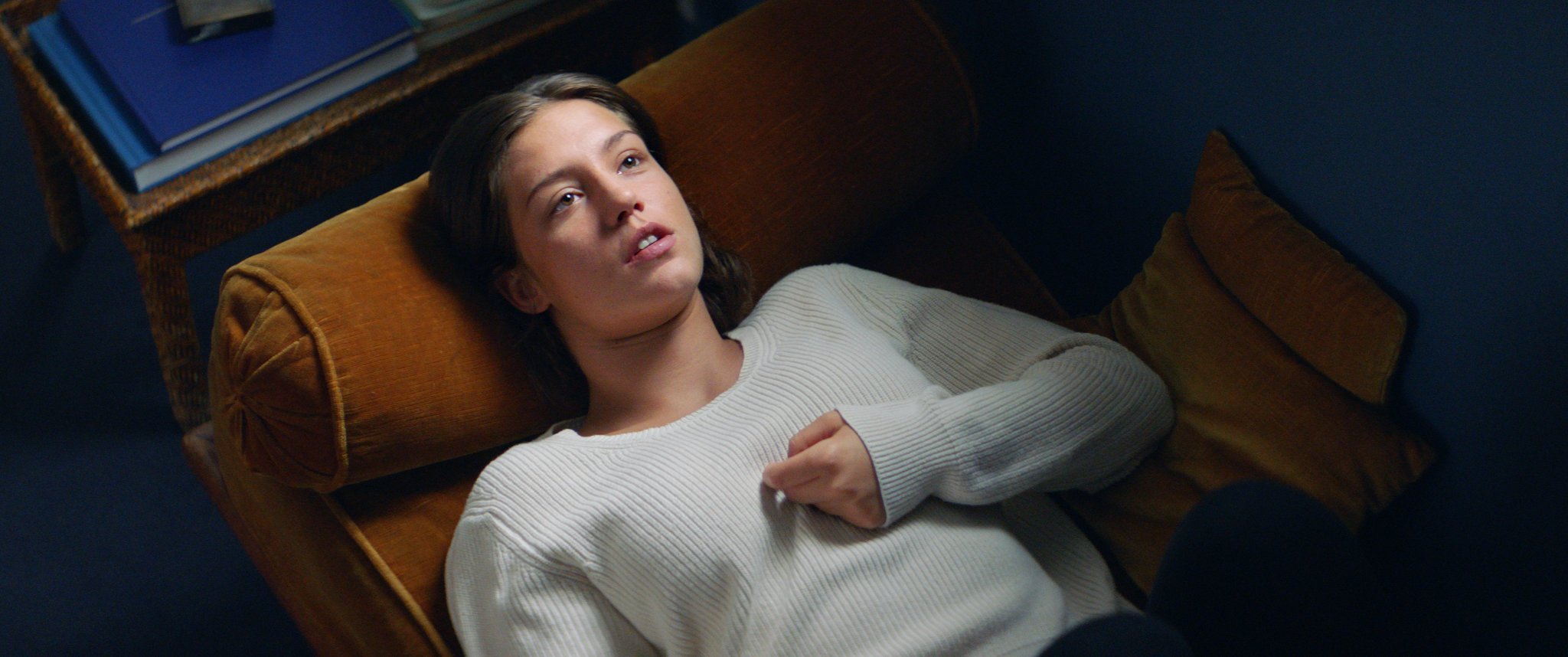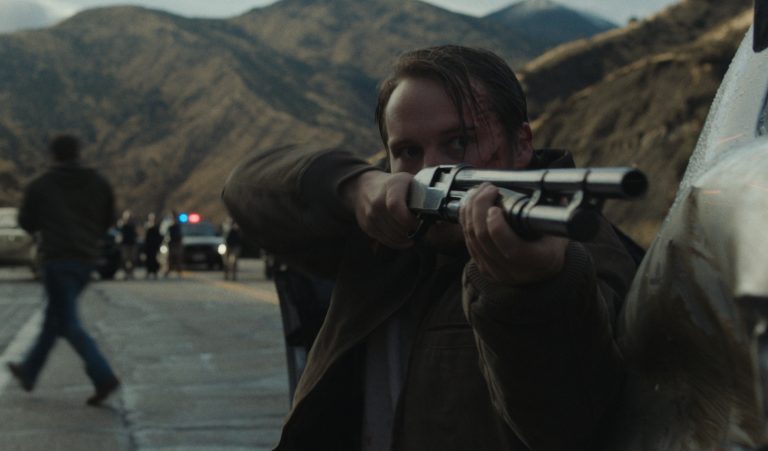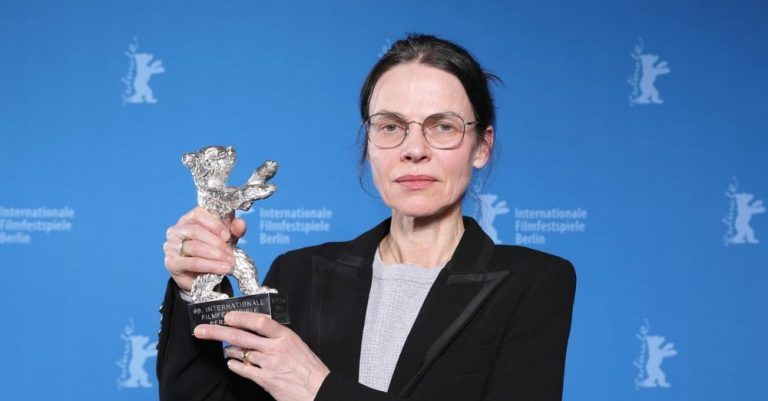French director Justine Triet graduated from the Paris National School of Fine Arts. Apart from a few short films and a couple of documentaries she has directed films like “Age Of Panic” and “In Bed With Victoria” which deals with strong women dealing with their individuality. Her latest film “Sibyl” premiered Cannes Film Festival 2019 and features a strong cast that includes Virginie Efira, Adèle Exarchopoulos, and Sandra Hüller (Toni Erdmann fame). Here is a snippet of an Interview with Justine Treit where she talks about her new film and the various themes that abound it.
Q: Like AGE OF PANIC and IN BED WITH VICTORIA, SIBYL is the portrait of a woman struggling to balance her professional and personal life, grappling with her emotions and anxieties. Are your films always a form of veiled self-portraiture?
A: I take inspiration from certain things happening within my inner circle, from research, from films, and no doubt a little bit from myself, but honestly, I’m not Sibyl. My co-writer Arthur Harari and I really had fun going deep into fiction, deliberately damaging our characters. I get the impression that in the end, they no longer resemble me at all.
Woody Allen’s film ANOTHER WOMAN haunted me from the moment I started writing. Oddly I don’t love that film, but its main narrative fascinates me: a woman seeking calm and inspiration is confronted with another woman, who plunges her into a dizzying abyss that makes her life break apart. That film was my initial reference.
Q: Did you do any research on psychoanalysis?
A: No. I did meet a number of shrinks and asked them if they’d ever had an unsettling experience with a patient. One of them confessed that she’d gone through her father’s grave illness at the same time as one of her patients was going through it. Her own father died sooner than the patient’s did, and she had to end the analysis because she felt extremely brutalized by the patient. That nourished the script, as did the television series IN TREATMENT.
Similar to Interview with Justine Treit – Interview with Celine Sciamma – Director of “Portrait of a Lady on Fire”
Q: The film explores a number of motifs: motherhood, filiation, creativity, couples, passionate love, the mid-life crisis, duality, how neuroses are passed down… What is the dominant, central theme?
A: It’s how we handle the question of our origins. How we find ways to forget them, and how they suddenly reappear. It’s a film about identity, roots. Where do I come from, who am I, what have I done, can I reinvent myself? Sibyl is haunted by the origins of her child, her book, and Margot.
It was important to me that Margot come from a modest background. She hates her origins and is fighting against them. She appears out of nowhere with a dilemma that sends Sibyl careening into her own past. In a certain sense, she is Sibyl in a reverse mirror. Sibyl is also attempting to work against her origins – her mother, alcohol – as she builds her life. Writing is her way of escaping them as she reinvents herself.
As she begins writing again after meeting Margot, Sibyl opens a Pandora’s box that leads her into both fictional folly and a vertiginous identity crisis.
Q: This leads us to the question of immorality. Sibyl transgresses the code of ethics when she records her patient for use in her future book. The film also features a filmmaker who models her actors like clay. Does the creative act always require some form of vampirism or predation?
A: To an extent, yes. But beyond that, in the film, everyone is manipulating everyone. In Sibyl’s case, her need to write prompts her to break all the rules. She leaves reality and enters fiction in order to experience certain things. At the same time, it’s playful. Creation is like a game with no rules. Of course, Sibyl goes too far, because her life had gotten bland. She gets carried away. The writing and the book turned her into a locomotive that runs off the rails no sooner than it starts chugging. She feeds not only on Margot but on everything and everyone around her… including herself!
Q: The film within the film reflects the game you refer to, playfully combining comedy and cruelty.
A: By this point in the film we need that blend, because this is when things really start going off the rails. When Sibyl goes to the island, she’s entering a world of fantasy, no longer entirely real or normal. It’s far away, it’s beautiful, it’s fake. The shoot was perfect for that. I needed it to bring the comedy and the insanity, two elements that shouldn’t necessarily mix.
Sandra Hüller really helped me combine those elements. She achieves a perfect blend of comedy and drama as she embodies her explosive character, turning her pain into a nutty energy. We don’t know whether to laugh or to suffer right along with her.
Q: At one point on the shoot, Margot says the movie business is crazy and she’s afraid she’ll lose her mind. Do you sometimes worry about that yourself?
A: The movie business is a microcosmic society where life speeds up and intensifies. Everything takes on monumental proportions. The tiniest problem becomes a tragedy. The hierarchy is brutal and completely grotesque. It’s a ridiculous, comical milieu, but when you’re living in it, experiences are heightened. I enjoyed making fun of it, and it served the story. It almost begs to be satirized. Altman’s THE PLAYER was a reference in that regard. Even in a serious film, like Minnelli’s TWO WEEKS IN ANOTHER TOWN, everything that has to do with the film biz has a comical, satirical side.
Similar to Interview with Justine Treit – Cannes Interview – ‘BONG Joon Ho’ on Parasite
Q: There’s a duality between Sibyl and Margot, Sibyl and her sister, Gabriel and the little girl born of his love with Sibyl… Can you talk about this motif, that runs through so many films?
A: There is also a duality between Sibyl and Mika, Gabriel and Igor… Between Sibyl and Margot, it’s more of a reverse mirror. Sibyl kept her child; Margot wants to abort. As for Mika, she wanted a child, like Sibyl, but didn’t have one and is mourning that. I tried to multiply the duality motif, as though Sibyl were penetrating all the film’s characters. Towards the end Margot escapes that and we realize she may be less fragile than Sibyl. The stronger one may not be who we think. Margot has blossomed and matured. She’s no longer a victim and seems happy and proud at having inspired Sibyl.
Interview with Justine Treit Continues on Page 2









